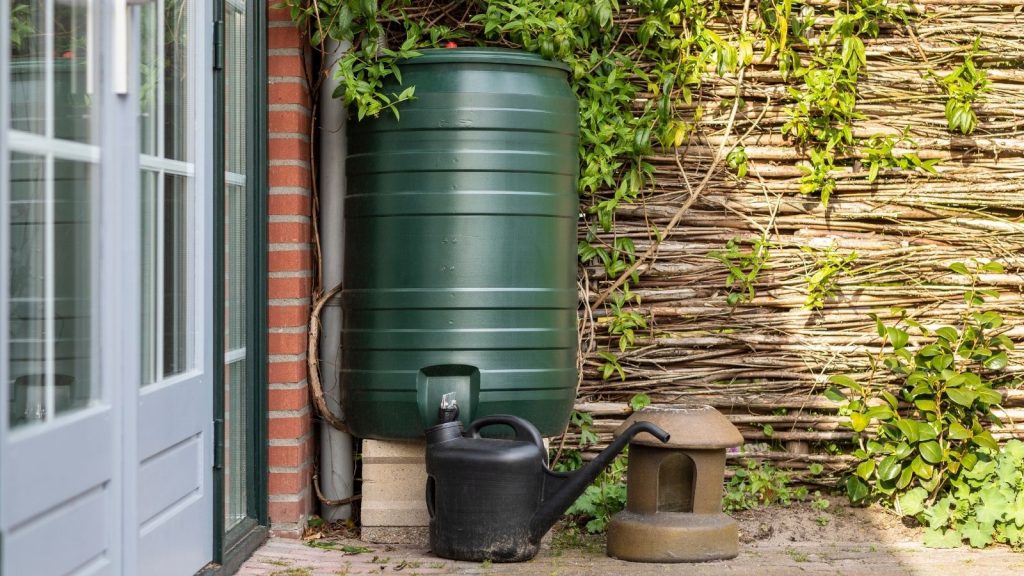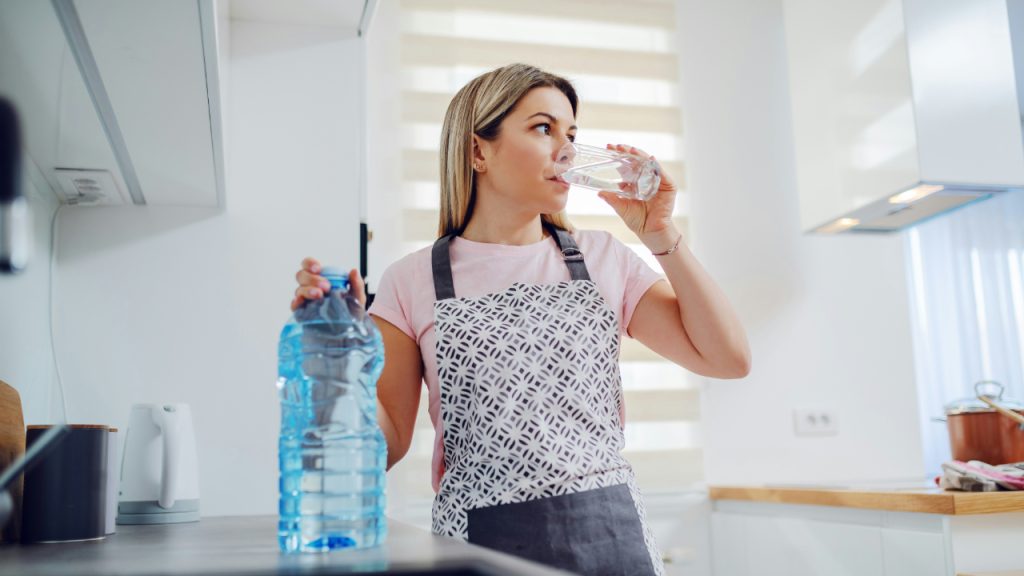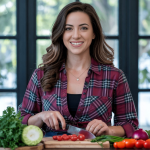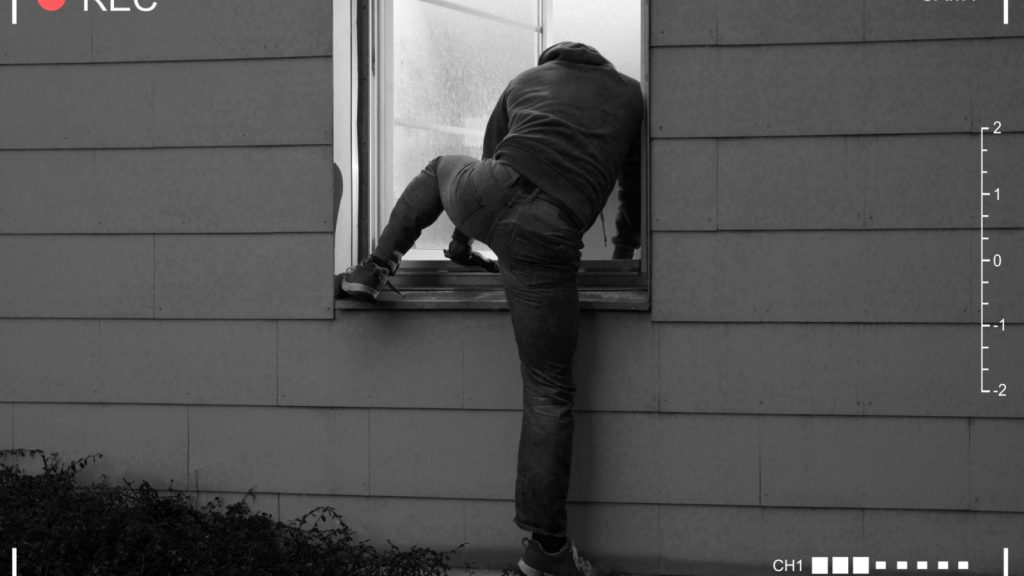“It won’t happen to me.” That’s what I used to think about water emergencies. Then a major storm knocked out our city’s water treatment plant for three days. Trust me – you don’t want to be the person fighting over the last case of bottled water at the grocery store.
But here’s the good news: getting prepared with water isn’t as hard (or as crazy) as you might think. You don’t need a bunker full of supplies or a survivalist mindset. You just need a practical plan that works for your family.

Let’s Talk Real Numbers
I know what you’re thinking – how much water do I actually need? The traditional advice is one gallon per person per day, but let’s be real. My teenage son goes through way more water than my husband, especially during basketball season. And don’t get me started on how much our Lab drinks in the summer!
Here’s what actually works: Plan for 1-1.5 gallons per person daily, then add extra for pets and any special needs like medical equipment or contact lenses. For my family of four (plus our furry friend), that means about 6-7 gallons per day. Sounds like a lot, right? But stay with me – I’ll show you how to make it work without turning your home into a water warehouse.
Storage Solutions for Real People
Remember that friend who told you to buy a dozen 55-gallon water barrels? Unless you’ve got a massive basement (and some serious muscles), that’s probably not realistic. Instead, let’s talk about storage that actually works in regular homes.
Start small. Those 2-liter soda bottles you’re recycling? Clean them well, fill them with tap water, and stash them in the back of your closet. Just skip the milk jugs – they’re impossible to clean properly and break down quickly. Been there, done that, cleaned up that mess!
Living in an apartment? I get it. Try water bricks – they’re like giant Legos for water storage and stack neatly in odd spaces. Mine fit perfectly behind my couch, and guests never notice them. Under-bed storage containers work great too, especially if you get the ones with wheels.
Making Your Water Safe: Simple but Smart
Let’s be honest – all the stored water in the world won’t help if you can’t drink it safely. But you don’t need a PhD in chemistry to purify water. Here’s what really works:
Boiling is your simplest option. Yes, it’s basic, but it works. Just remember one minute at a rolling boil does the trick – you don’t need to boil it for hours like my well-meaning but overly cautious aunt insists.
Water filters are worth the investment. After trying several (and wasting money on some that weren’t great), I’ve found that gravity filters like Berkey are practically foolproof. Sawyer filters are great too, especially as backups or for camping.
And yes, plain old unscented bleach works in a pinch. Two drops per quart of water. Just write this down somewhere – you won’t remember the ratio when you actually need it. Trust me on this one!
Finding Water When You Need It
Your house has more water than you think. That hot water heater? It’s holding 40-80 gallons of perfectly good water. Your toilet tanks (not the bowl!) hold a few gallons each. Even the ice maker in your freezer is a source of clean water.
Outside, think beyond the obvious. Rain barrels are great if they’re legal in your area. Swimming pools aren’t for drinking, but that water’s perfect for flushing toilets. And those dehumidifiers running in your basement? They’re literally pulling clean water out of the air.
Making It Last: Real-World Conservation
Water conservation doesn’t mean going full survival mode. Start with the easy stuff – fixing that dripping faucet you’ve been ignoring (guilty!), turning off the tap while brushing teeth, and collecting the cold water that runs while you’re waiting for the shower to heat up.
When things get serious, get creative. Paper plates aren’t environmentally friendly for everyday use, but during a water emergency, they beat washing dishes. Baby wipes and hand sanitizer become your best friends. And guess what? That pasta water you usually dump down the drain? It’s perfect for watering plants.
Keeping It Real: Maintenance That Actually Happens
Let’s talk about water rotation – something everyone plans to do but often forgets. Instead of setting unrealistic schedules, tie it to something you already do. I check my stored water every time I change the smoke detector batteries. Some people do it when the clocks change. Pick what works for you and stick to it.
The Bottom Line
Water preparedness isn’t about paranoia – it’s about peace of mind. Start small, build up gradually, and create a system that works for your real life. Maybe you can’t store 100 gallons, but you can probably manage 15 or 20. That’s way better than nothing!
Remember, perfect is the enemy of good enough. The best water preparedness plan isn’t the most elaborate one – it’s the one you’ll actually maintain and can use when you need it.
And hey, next time there’s a water emergency in your area, you can be the helpful neighbor with extra supplies instead of the panicked person fighting over the last case of water at the store. Trust me – it feels a lot better being on that side of things!
Cassandra’s expertise in traditional food preservation techniques stems from her grandmother’s teaching and her own experiments with traditional methods and food science. She specializes in fermentation, canning, smoking, curing, and root cellaring.
“Modern convenience has disconnected us from ancient wisdom about storing food without refrigeration. These methods don’t just preserve nutrients—they enhance them.”



